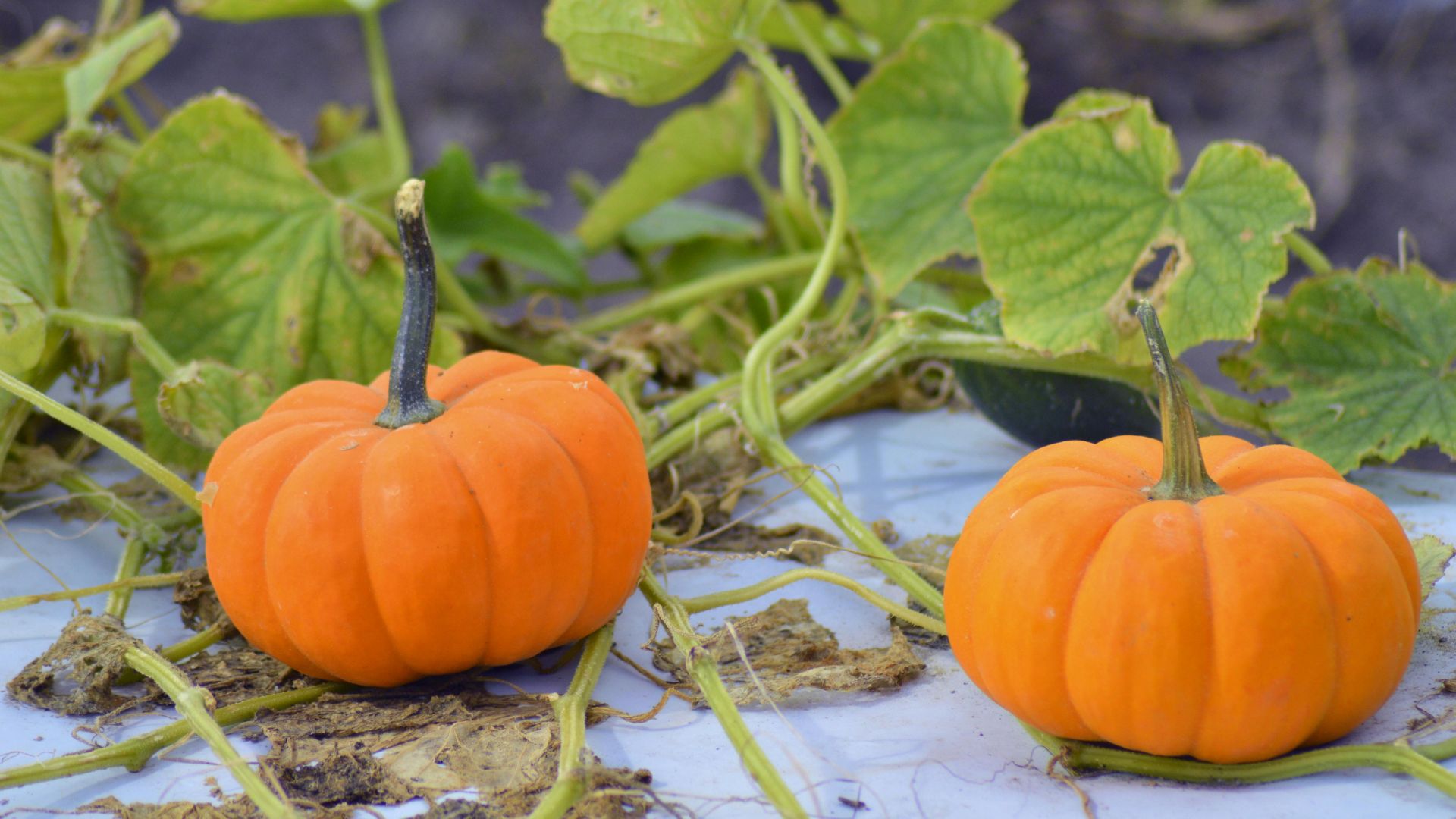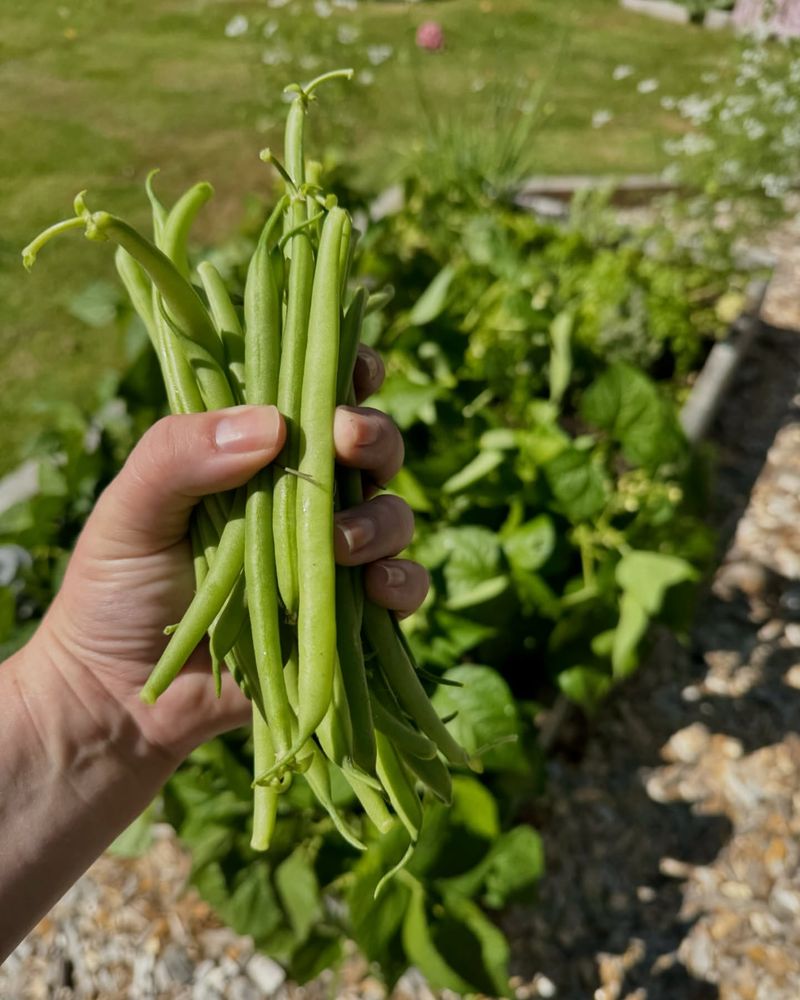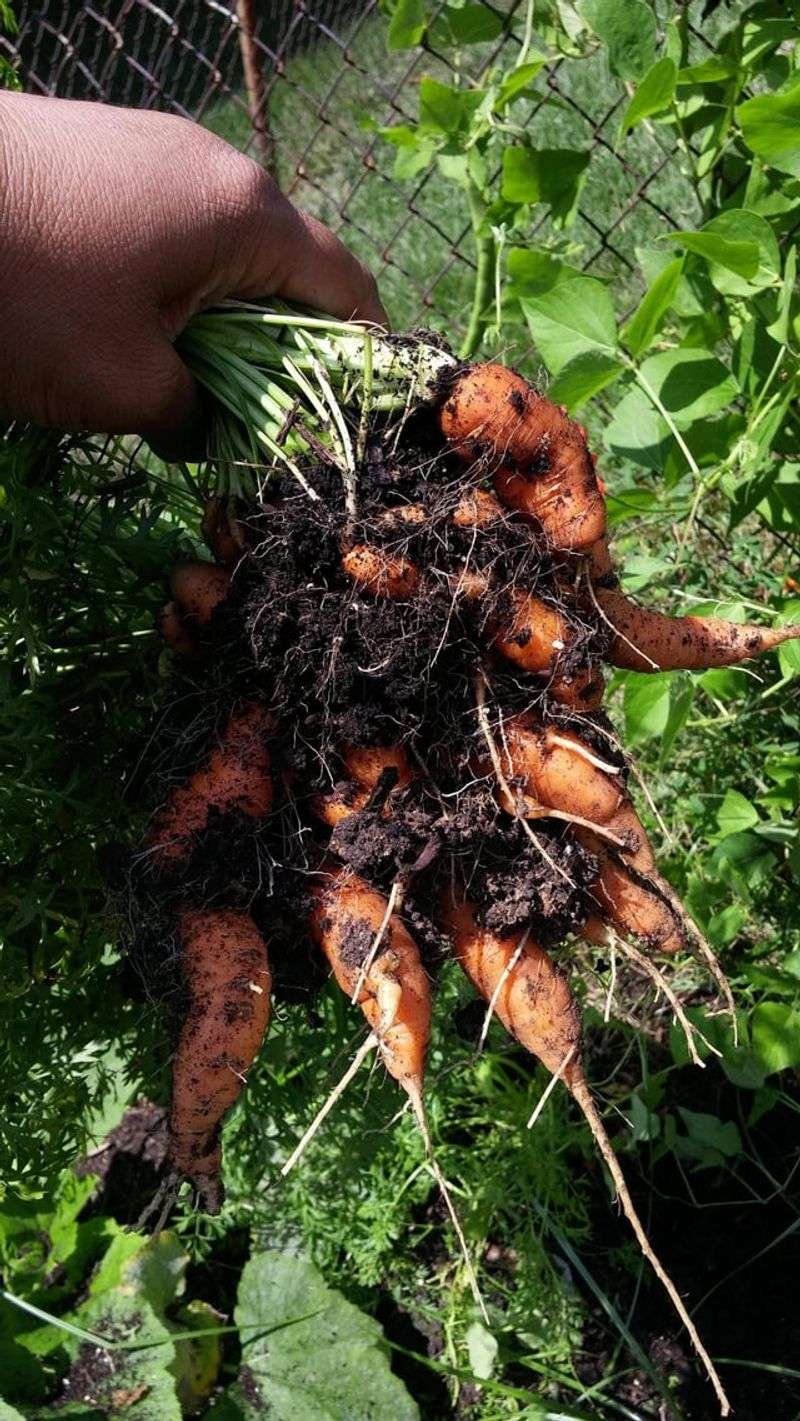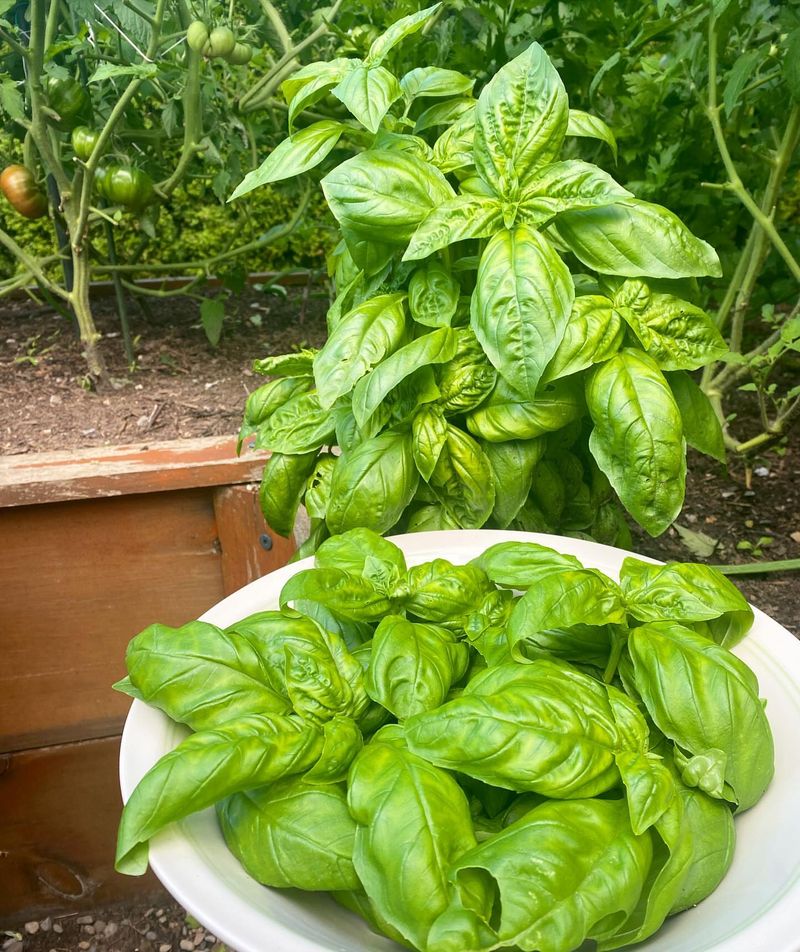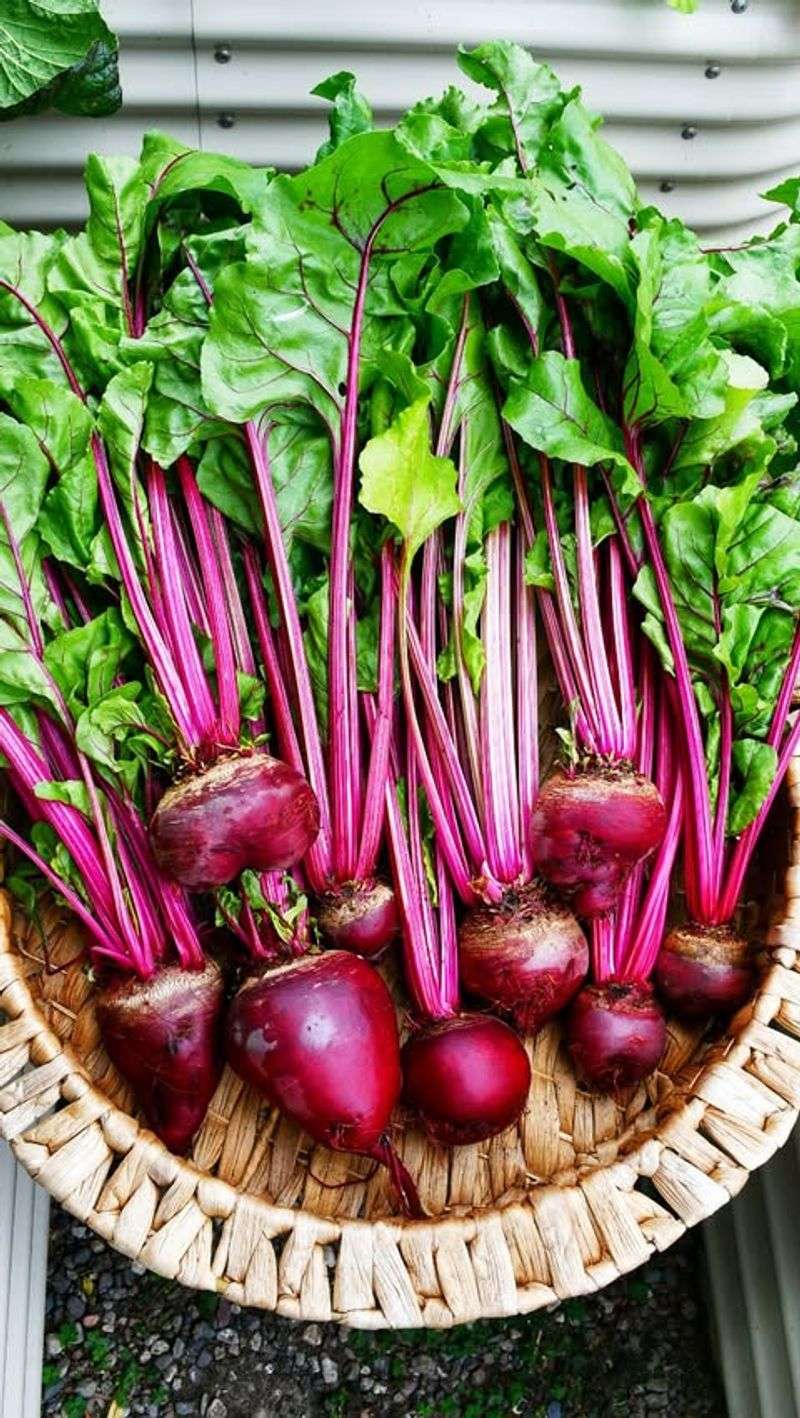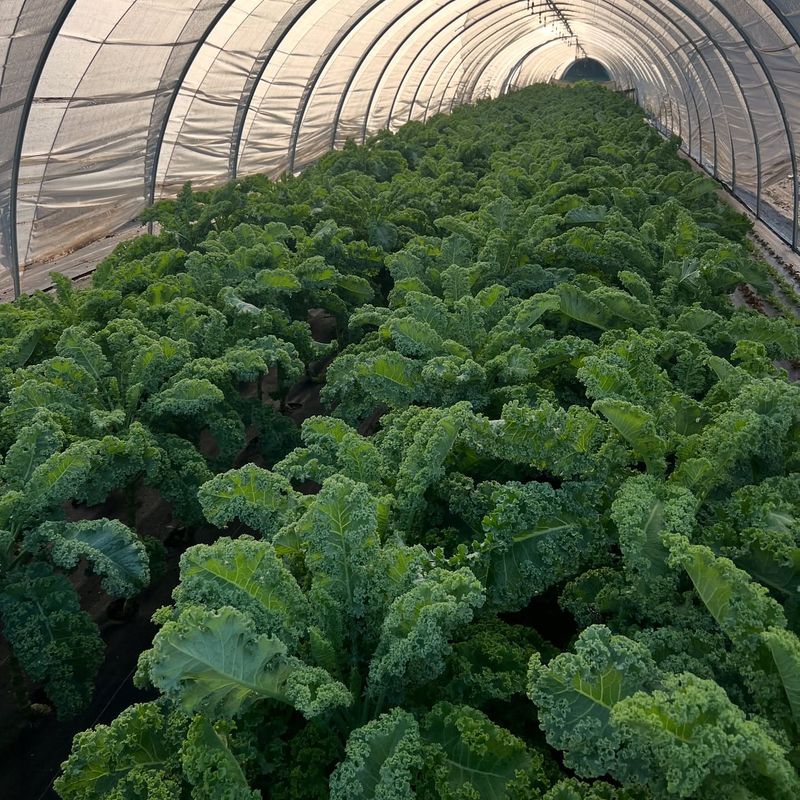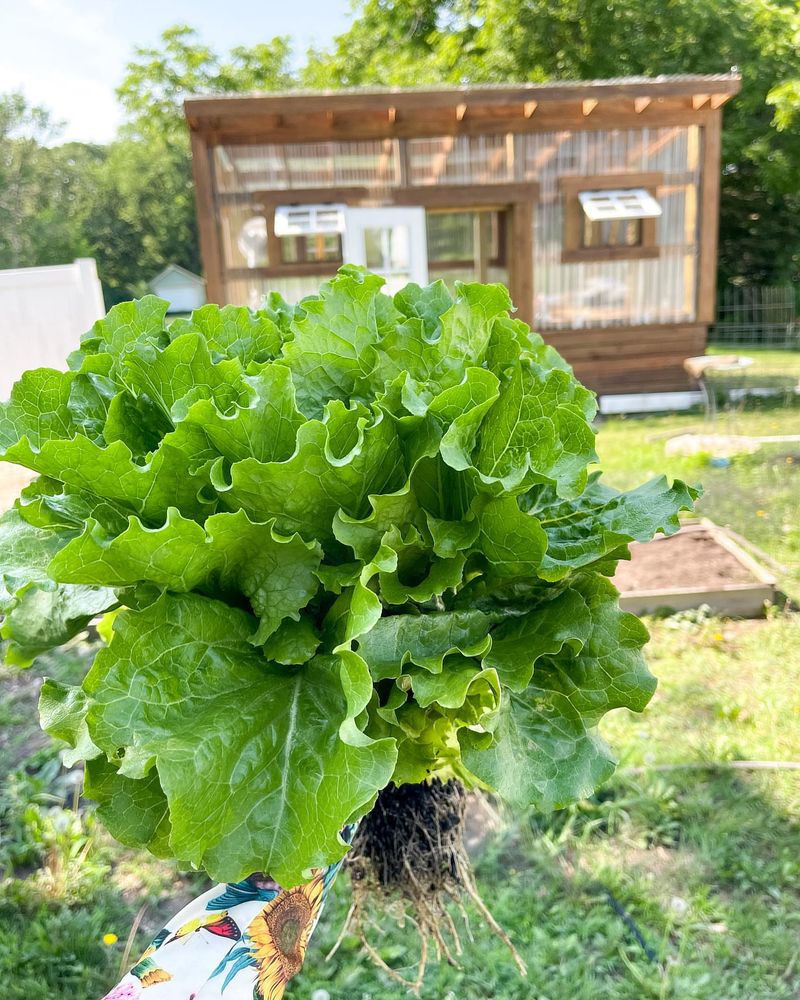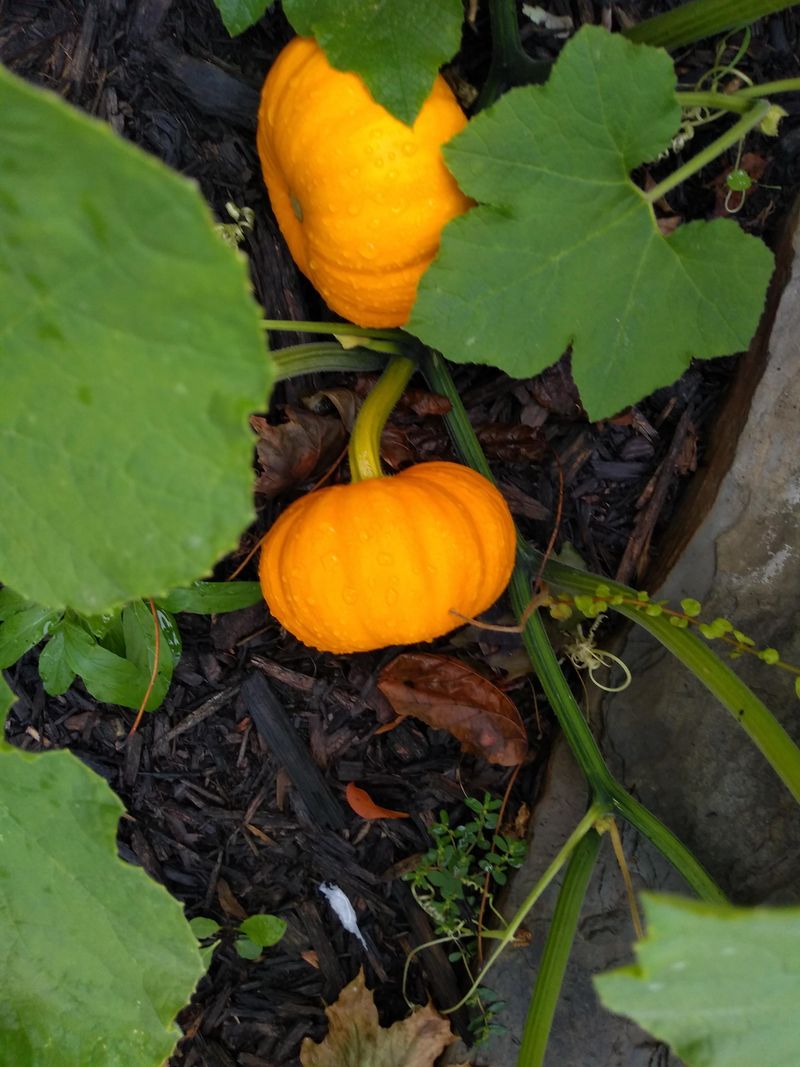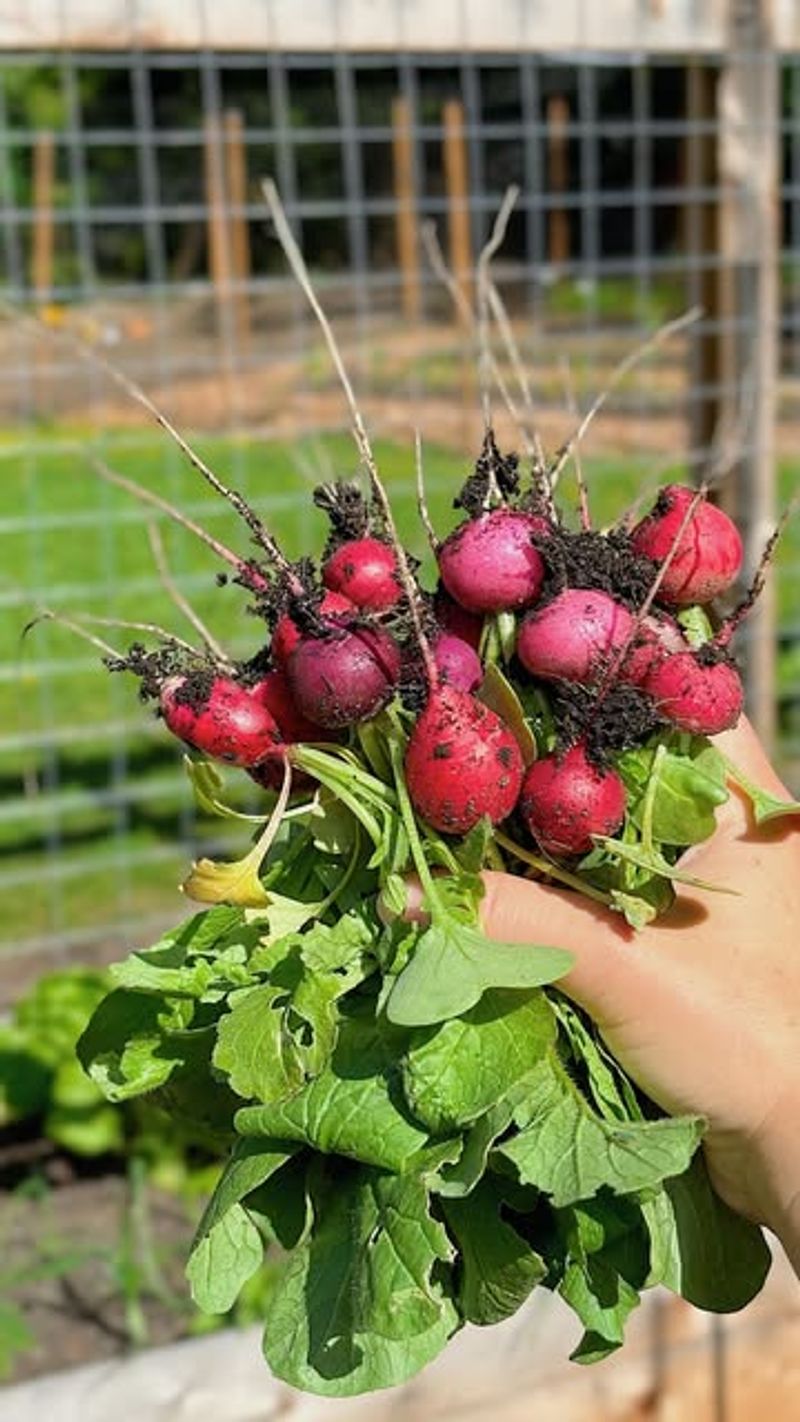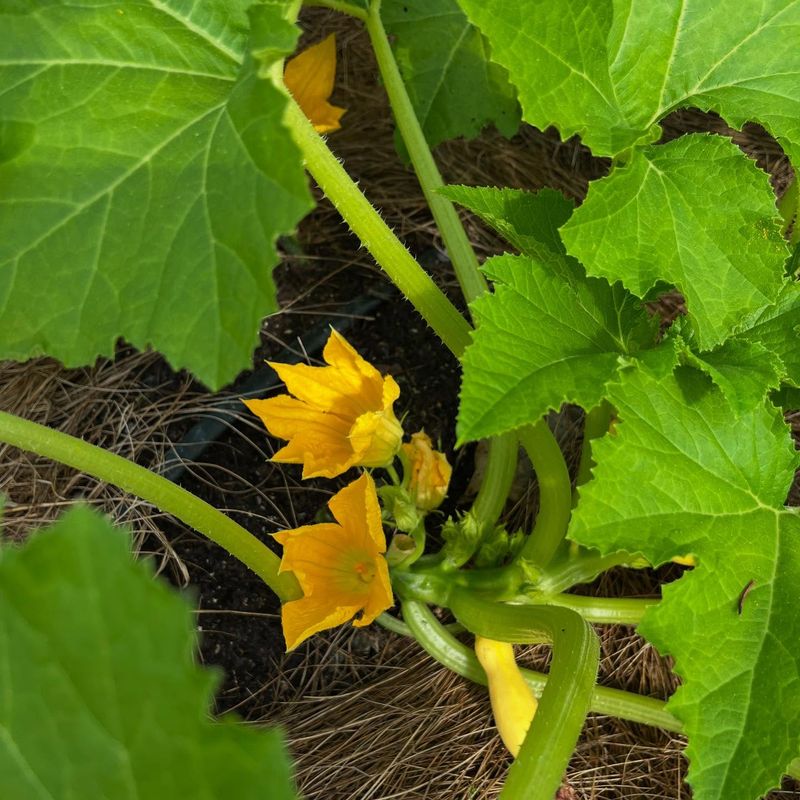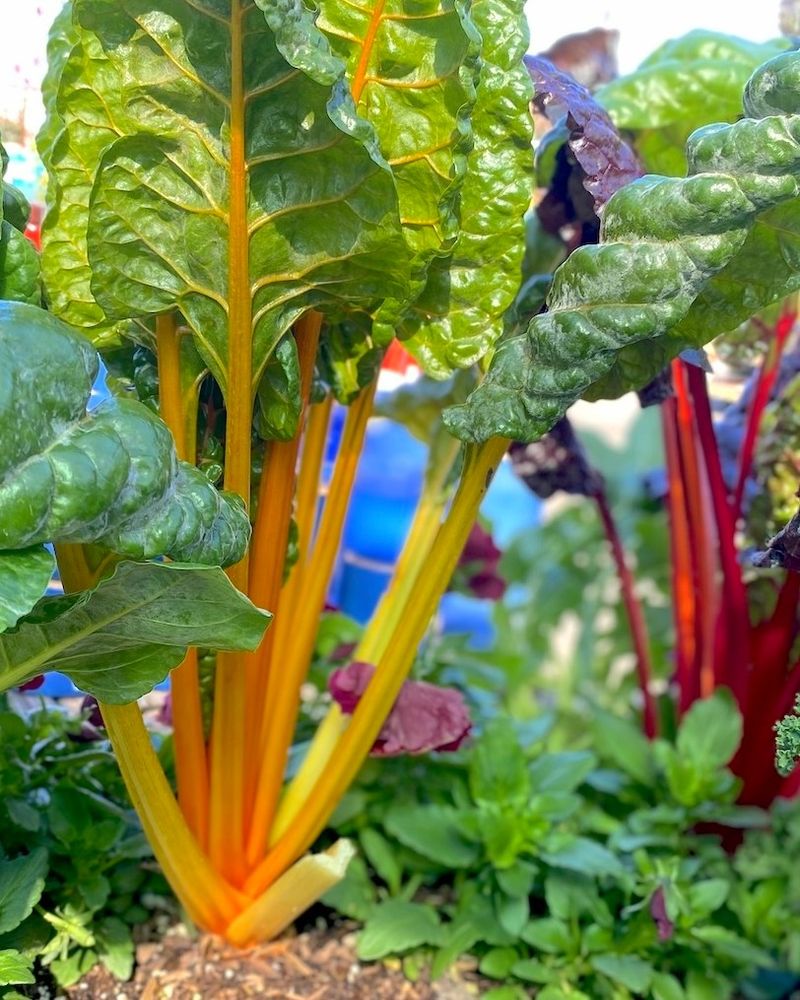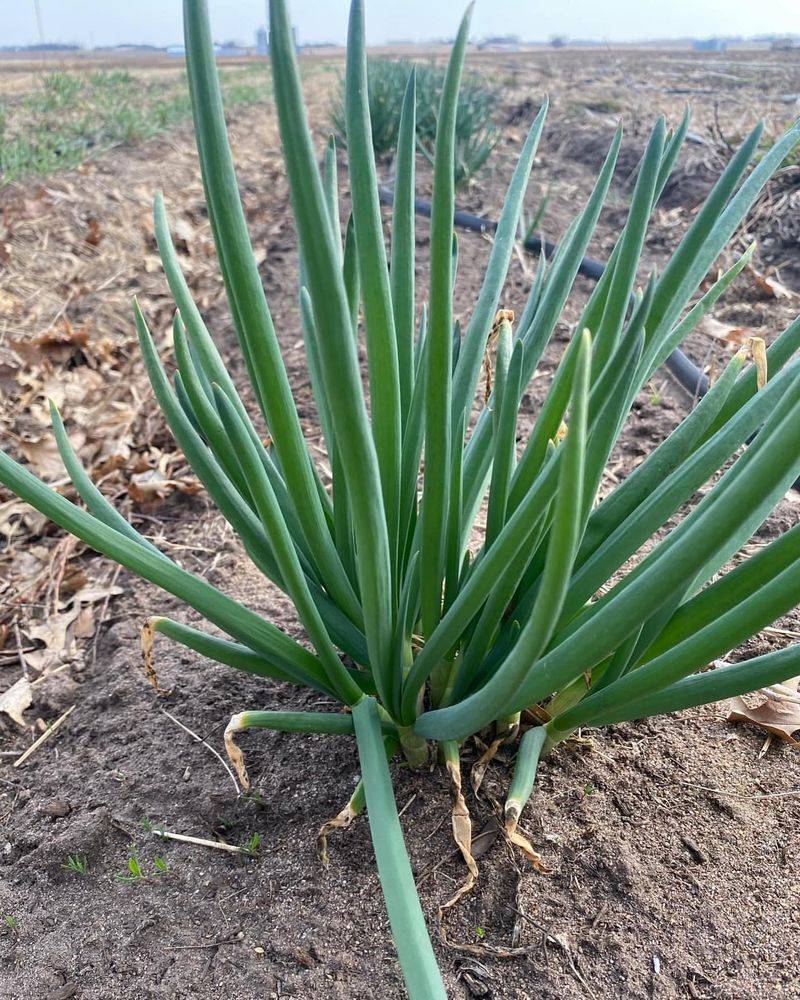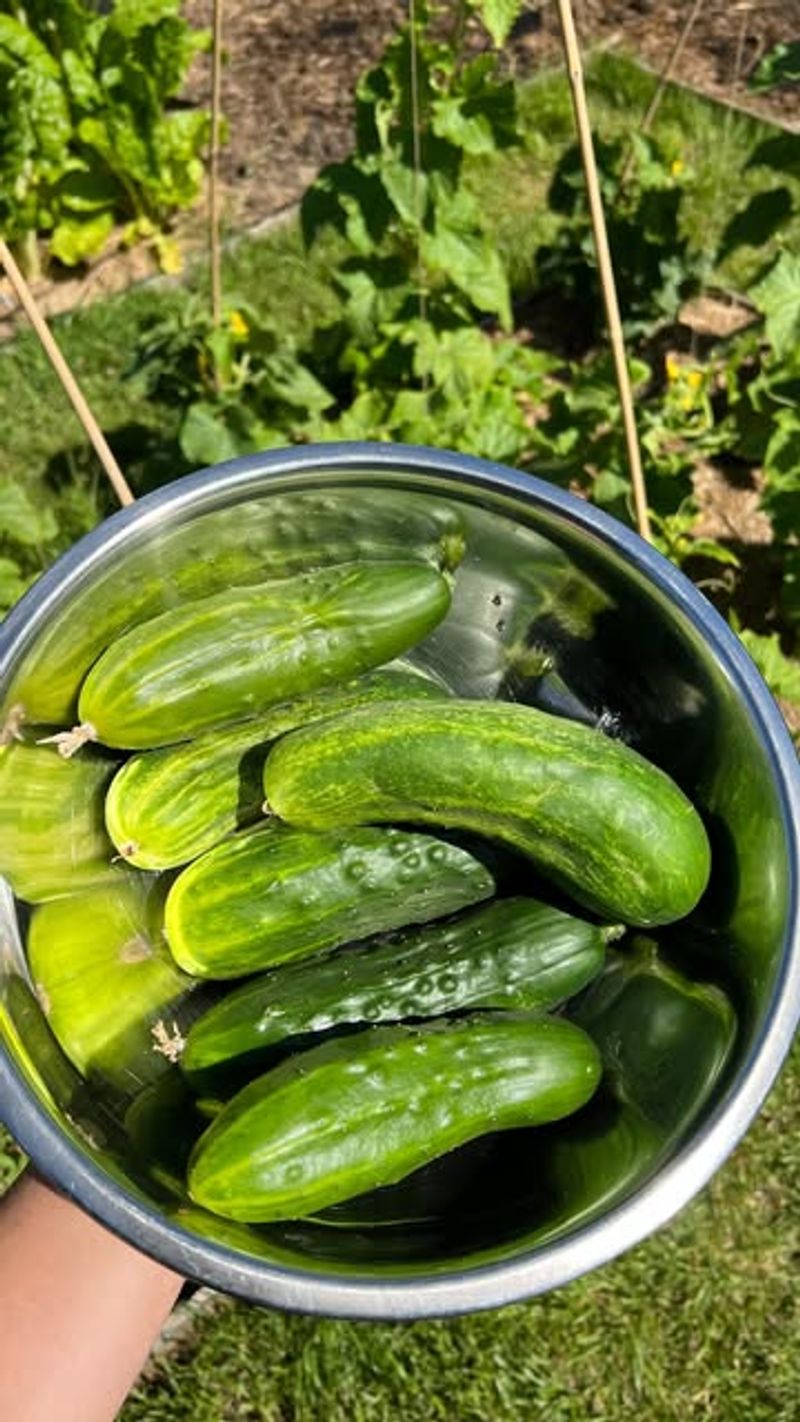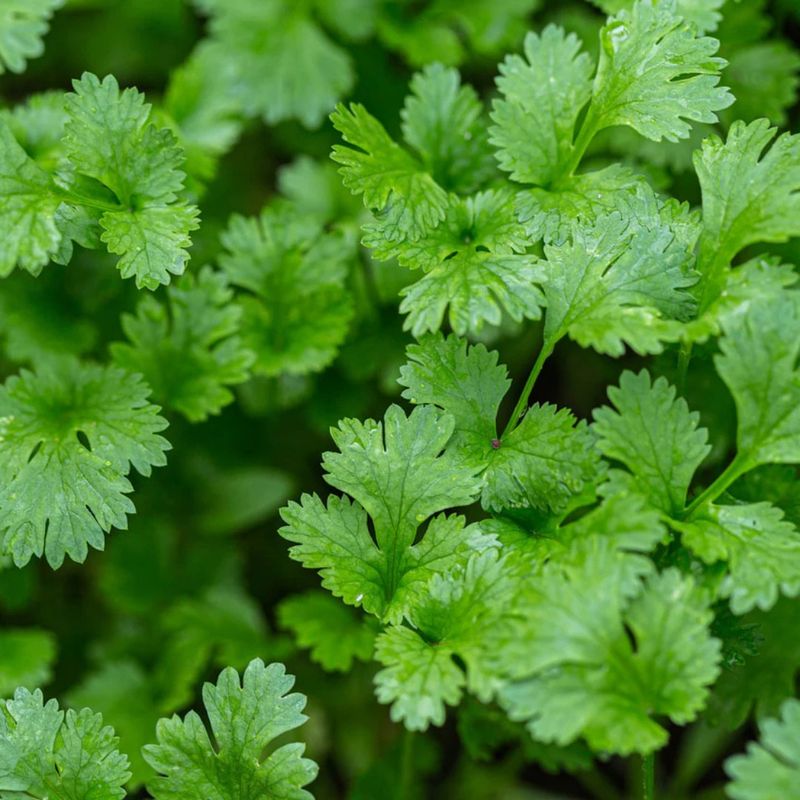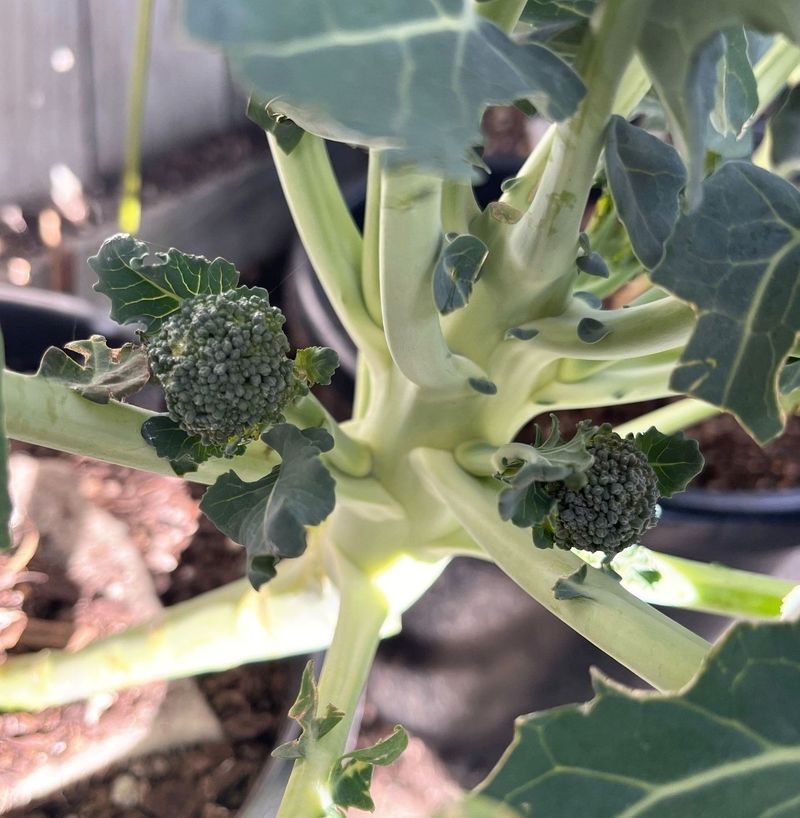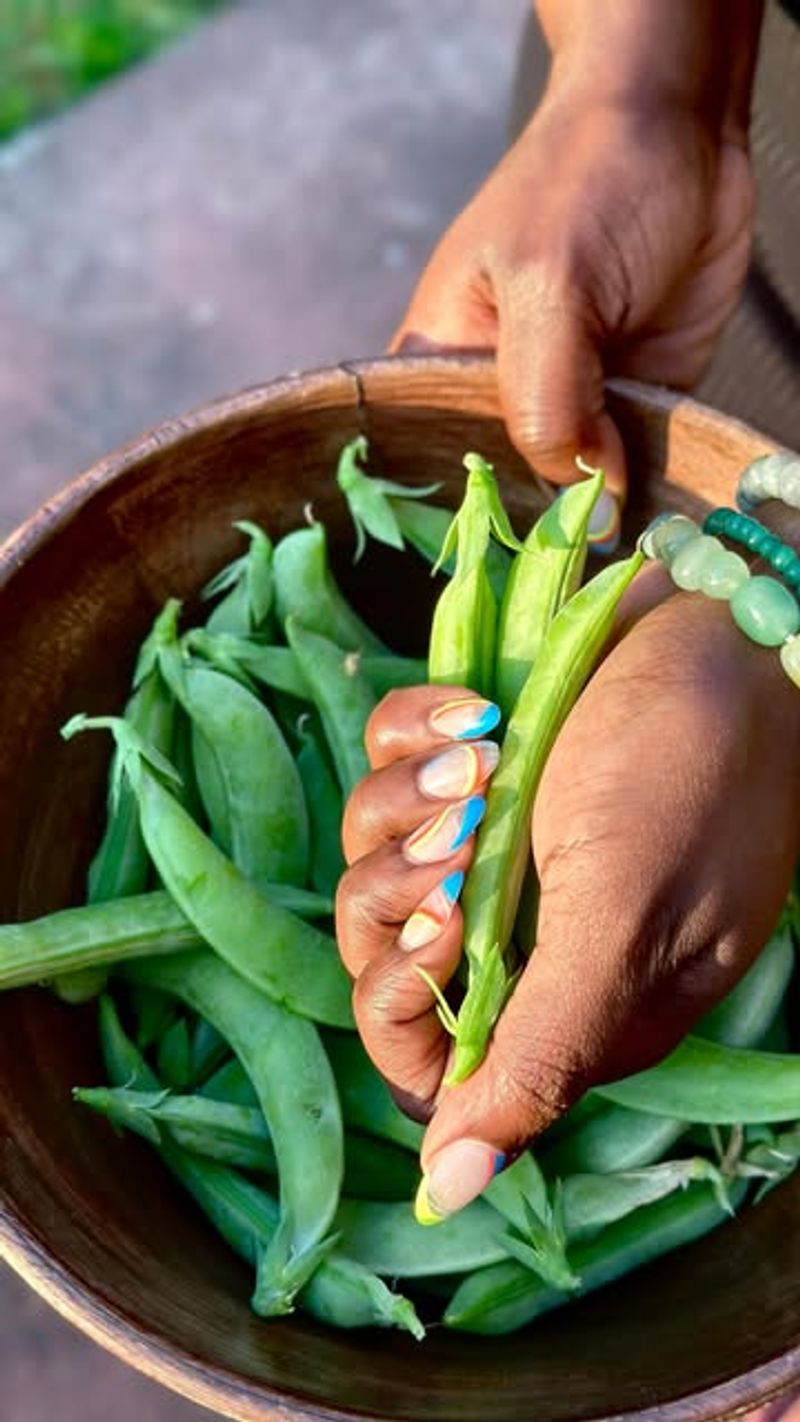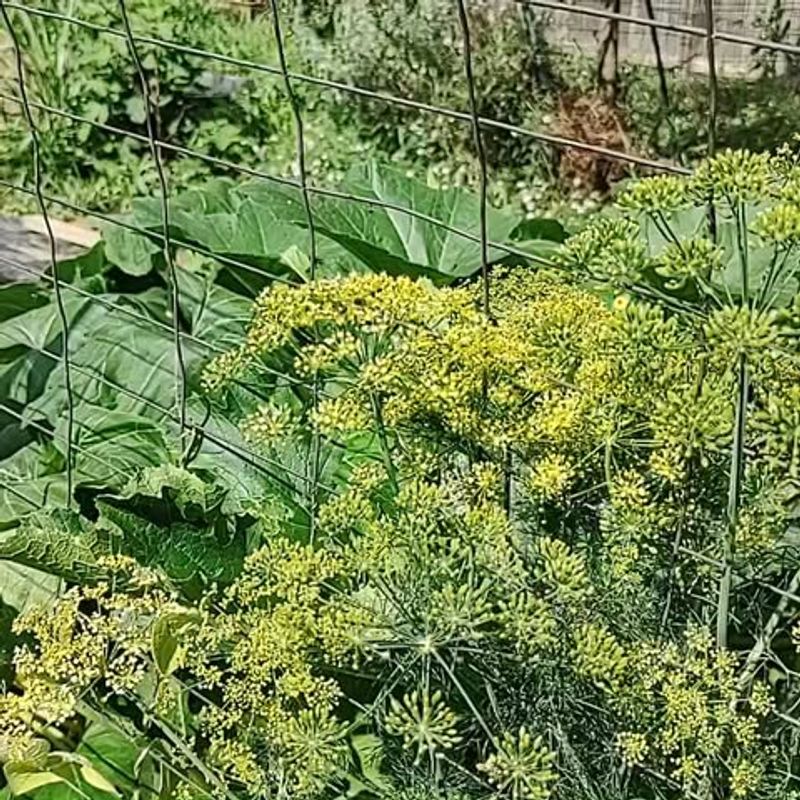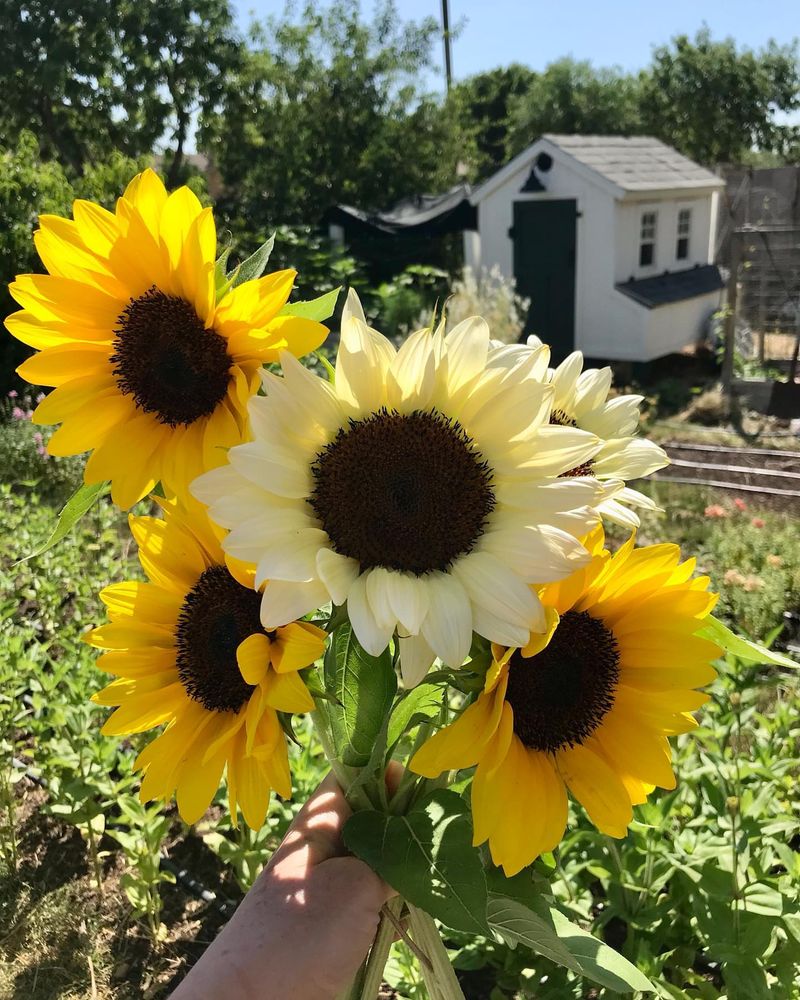Think the planting season ends with June? Not so fast—July is prime time for starting a second round of crops. Many veggies love the warm soil and cooling evenings, giving you a chance to squeeze in extra harvests before fall.
Fast-growers like radishes, lettuce, and bush beans are perfect for beating the first frost. Meanwhile, cool-weather lovers like kale, carrots, and broccoli thrive as summer shifts into early autumn.
Whether you’re extending the season or catching up from a late start, these 18 crops make mid-summer planting totally worth it. You’ll get fresh produce, fewer pests, and a garden that keeps on giving.
1. Bush Beans
Quick to mature in just 45-60 days, these legumes love warm soil and will sprout faster in July than in cooler spring months. The seeds germinate readily when soil temperatures hit 70-80°F, which is typical in mid-summer.
Plant them 1 inch deep and 2-3 inches apart, ensuring consistent moisture until sprouting occurs. A layer of mulch helps retain soil moisture during hot days while suppressing weeds.
I’ve found successive plantings every two weeks keep fresh beans coming until frost. Last year my July-planted beans actually produced better than my spring crop!
2. Cucumbers
Summer heat creates the perfect growing conditions for these refreshing vegetables. Direct sow cucumber seeds now for a fall harvest, as they mature in just 50-70 days and prefer soil temperatures between 70-90°F.
For best results, plant in mounds or raised rows to ensure good drainage. Water deeply rather than frequently, aiming for about one inch of water weekly at the root zone.
My favorite summer cucumber trick involves planting them where they receive afternoon shade from taller plants—they grow more tender fruits this way with less bitterness.
3. Carrots
July-planted carrots develop sweeter flavors as they mature into cooler fall temperatures. The warm soil speeds germination while the approaching fall provides ideal growing conditions for root development.
Mix carrot seeds with sand before sowing to prevent clumping, and keep the soil consistently moist until germination. Thin seedlings to one inch apart once they reach two inches tall.
Consider planting shorter varieties like ‘Paris Market’ or ‘Thumbelina’ which mature faster than longer types—perfect for catching the tail end of the growing season.
4. Basil
The aromatic herb thrives in July’s heat and will quickly produce lush foliage before cooler weather arrives. Starting now provides plenty of time to harvest before the first frost damages these tender plants.
Space plants 12-18 inches apart in well-draining soil where they’ll receive at least 6 hours of sunlight daily. Regular pinching encourages bushier growth and prevents early flowering, extending your harvest window.
Growing basil near tomatoes in July works wonders—they’re natural companions in the garden just as they are in recipes. The plants seem to enhance each other’s flavors.
5. Beets
Surprisingly heat-tolerant, beets sown in July produce both nutritious greens and sweet roots for fall harvesting. The warm soil speeds germination while the cooling fall temperatures promote excellent root development.
Soak seeds overnight before planting to improve germination rates. Plant seeds half an inch deep and thin seedlings to 3-4 inches apart once they reach about 2 inches tall.
A light layer of straw mulch helps keep soil temperatures more consistent and prevents the soil from crusting after summer rainstorms—something that greatly improved my July beet crops.
6. Kale
July-planted kale produces tender leaves well into fall and winter in many regions. The plants establish during summer but hit their stride when temperatures cool, becoming sweeter after light frosts.
Start seeds indoors where it’s cooler, then transplant when seedlings have 4-5 true leaves. Provide afternoon shade during the hottest weeks until plants establish strong root systems.
Floating row covers work wonders for protecting young kale seedlings from cabbage moths, which are particularly active during mid-summer. This simple trick saved my fall kale crop last year.
7. Lettuce
Heat-resistant varieties like ‘Jericho’ and ‘Summer Crisp’ can be successfully started in July, especially with some afternoon shade. The key is selecting bolt-resistant types that can handle summer’s heat while establishing.
Create a microclimate by planting near taller crops that provide partial shade. Water consistently and shallowly since lettuce roots stay near the soil surface.
Try the refrigerator trick—chill seeds for a few days before planting to improve germination rates in warm soil. This technique has consistently given me better results with summer lettuce plantings.
8. Pumpkins
Smaller varieties like ‘Sugar Pie’ and ‘Jack Be Little’ can still be planted in July for Halloween harvest. These quick-maturing types need just 85-100 days from seed to mature fruit.
Plant seeds in hills with compost-enriched soil, thinning to the strongest two plants per hill. Ensure consistent watering as pumpkins need about 1-2 inches of water weekly, especially during fruit development.
Direct water to the base of plants rather than overhead to prevent powdery mildew issues, which become more prevalent in late summer. This simple change made a huge difference in my pumpkin patch last year.
9. Radishes
Fast-maturing champions of the garden, radishes sown in July can be ready to harvest in just 21-30 days. Their quick growth cycle makes them perfect for filling gaps in your summer garden.
Sow seeds directly in garden soil about ½ inch deep and 1 inch apart. Thin to 2 inches apart once seedlings emerge to prevent overcrowding, which can lead to all tops and no bottoms.
Try planting heat-resistant varieties like ‘White Icicle’ or ‘French Breakfast’ for summer success. My July-planted radishes actually developed less spiciness than spring ones—perfect for eating fresh.
10. Summer Squash
July plantings of zucchini and yellow squash often produce better than spring crops due to fewer pest problems. Fresh plants can begin producing within 40-50 days and continue until frost.
Plant seeds 1 inch deep in hills or rows, thinning to the strongest plants spaced 24-36 inches apart. Apply mulch to retain soil moisture and suppress weeds during the establishment phase.
Starting fresh plants in July often helps bypass the squash vine borer’s prime egg-laying period, which typically peaks in June in many regions. This timing trick has saved my late-summer squash harvests.
11. Swiss Chard
Heat-tolerant and visually stunning, Swiss chard planted in July provides nutritious greens well into fall and even winter in milder climates. The plants establish quickly in warm soil while maturing in cooling temperatures.
Sow seeds directly in the garden ½ inch deep and 2 inches apart, thinning to 6 inches as plants grow. Regular harvesting of outer leaves encourages continued production through the season.
The ‘Bright Lights’ variety adds incredible color to both garden and plate when planted mid-summer. The stalks seem to develop more vivid colors when they mature during fall’s cooler nights.
12. Green Onions
Quick-growing and versatile, green onions sown in July can be harvested within 30 days as scallions. The warm soil temperatures promote rapid germination and growth.
Plant seeds ¼ inch deep in rows, spacing them about ½ inch apart without thinning. Keep soil consistently moist but not waterlogged to encourage straight, tender stalks.
Try successive plantings every two weeks through July and August for continuous harvests. Green onions have become my go-to crop for filling odd garden spaces that open up as spring crops finish.
13. Bush Cucumbers
Compact varieties like ‘Spacemaster’ and ‘Bush Champion’ mature quickly when planted in July, requiring just 50-60 days to harvest. Their smaller footprint makes them perfect for late-season garden spaces.
Plant seeds 1 inch deep in groups of 3-4, thinning to the strongest plant. Unlike vining types, bush cucumbers need minimal support and work well in containers or small garden spaces.
Water consistently at the base of plants, aiming for about 1-2 inches weekly. Harvesting frequently encourages more production—I’ve found picking every other day yields the most tender fruits.
14. Cilantro
July-planted cilantro often performs better than spring crops since the approaching cooler temperatures slow bolting. The plants establish in summer heat but produce their best flavor as days shorten.
Sow seeds directly in the garden ¼ inch deep, keeping soil consistently moist until germination. Providing afternoon shade helps prevent premature flowering during the hottest days.
Succession planting every 2-3 weeks ensures continuous harvest through fall. Unlike my spring cilantro that bolts almost immediately, my late summer plantings provide leaves for weeks.
15. Fall Broccoli
Starting broccoli in July allows heads to mature during cooler autumn temperatures, resulting in sweeter, more compact heads. The plants establish root systems during summer but produce their best crops as temperatures drop.
Start seeds indoors where it’s cooler, then transplant when seedlings have 4-5 true leaves. Space plants 18 inches apart in rows 24 inches apart for proper air circulation.
Watch for cabbage worms during the establishment phase—a weekly inspection of leaf undersides can catch infestations early. Floating row covers have completely eliminated this problem in my fall broccoli crops.
16. Snap Peas
Typically considered a spring crop, snap peas planted in July will mature as temperatures cool in early fall. The warm soil promotes fast germination while the maturing plants enjoy the moderate autumn weather.
Sow seeds 1 inch deep and 2 inches apart, providing a trellis or support system at planting time. Pre-soaking seeds overnight can improve germination rates in summer soil.
Consider creating shade with taller plants during the hottest weeks while seedlings establish. My fall peas always taste sweeter than spring ones—the gradually cooling temperatures concentrate their natural sugars.
17. Dill
Fresh dill plantings in July provide abundant foliage for late summer cucumber pickling. The herb grows quickly in warm soil, reaching harvestable size in just 40-45 days.
Sow seeds directly in the garden ¼ inch deep, as dill doesn’t transplant well due to its taproot. Thin seedlings to 12 inches apart once they reach 2 inches tall to prevent overcrowding.
Allow some plants to flower and set seed for a continuous dill supply—the flowers attract beneficial insects that help control garden pests. The yellow flower clusters have become favorite landing spots for pollinators in my summer garden.
18. Sunflowers
Quick-growing varieties like ‘Sunspot’ and ‘Teddy Bear’ can be planted in July for late summer and fall blooms. These fast-maturing types need just 60-70 days from seed to flower.
Plant seeds directly in the garden ½ inch deep and 6 inches apart, thinning to 12 inches as they grow. Choose a location with full sun and protection from strong winds that might topple tall varieties.
Shorter, branching varieties often work best for July plantings since they mature faster than giant types. The cheerful blooms extend the garden’s visual interest while providing seeds for birds as other plants fade.

